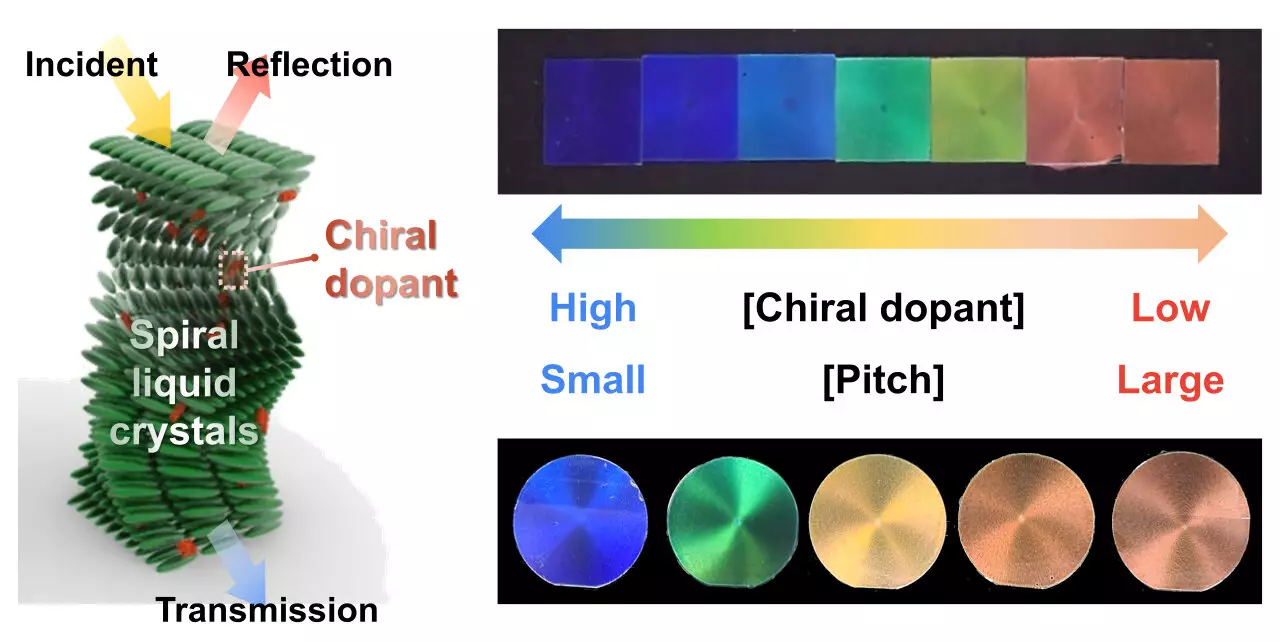Dr. Jin Gu Kang and his team from the Nanophotonics Research Center at the Korea Institute of Science and Technology (KIST) have recently made a breakthrough in the field of radiant cooling technology. Their innovative research has led to the development of a colorful radiation-cooling liquid crystal material that not only provides efficient cooling without external power but also emits vibrant colors. This cutting-edge material has the potential to revolutionize the way we approach cooling technology, offering a sustainable and aesthetically pleasing alternative to traditional air conditioning systems.
Traditional radiative cooling materials for daytime use are typically white in color to minimize sunlight absorption and maximize cooling performance. While effective, these materials are often not suitable for use in buildings or vehicles where aesthetics are important. The inability to incorporate multiple colors limits the versatility of these cooling materials and hampers their widespread adoption.
In response to these limitations, Dr. Kang and his team developed colored radiative cooling materials that not only provide efficient cooling but also offer a wide range of vibrant colors. By fabricating bent spiral liquid crystal photonic crystals, the researchers were able to achieve both excellent cooling performance and a diverse color palette. Unlike previous colored materials that relied on light absorption to produce color, the new liquid crystal material forms colored photonic crystals through its periodic structure, resulting in vivid and distinct colors.
Through a spin coating process, the team was able to bend these colored photonic crystals and combine them with transparent and metallic films to enhance their cooling capabilities. The result was a material that achieved temperatures significantly lower than traditional colored paints and ambient air temperatures. This innovative cooling material could have far-reaching applications, from reducing air conditioning consumption in buildings to providing power-free cooling solutions for outdoor leisure items and military tents.
The development of this new colored radiation-cooling liquid crystal material represents a significant advancement in the field of radiant cooling technology. Dr. Jin Gu Kang and his team have demonstrated the feasibility of creating sustainable and aesthetically pleasing cooling solutions that have the potential to reduce energy consumption and environmental impact. With further research and development, these innovative materials could pave the way for a more sustainable and colorful future in cooling technology.


Leave a Reply